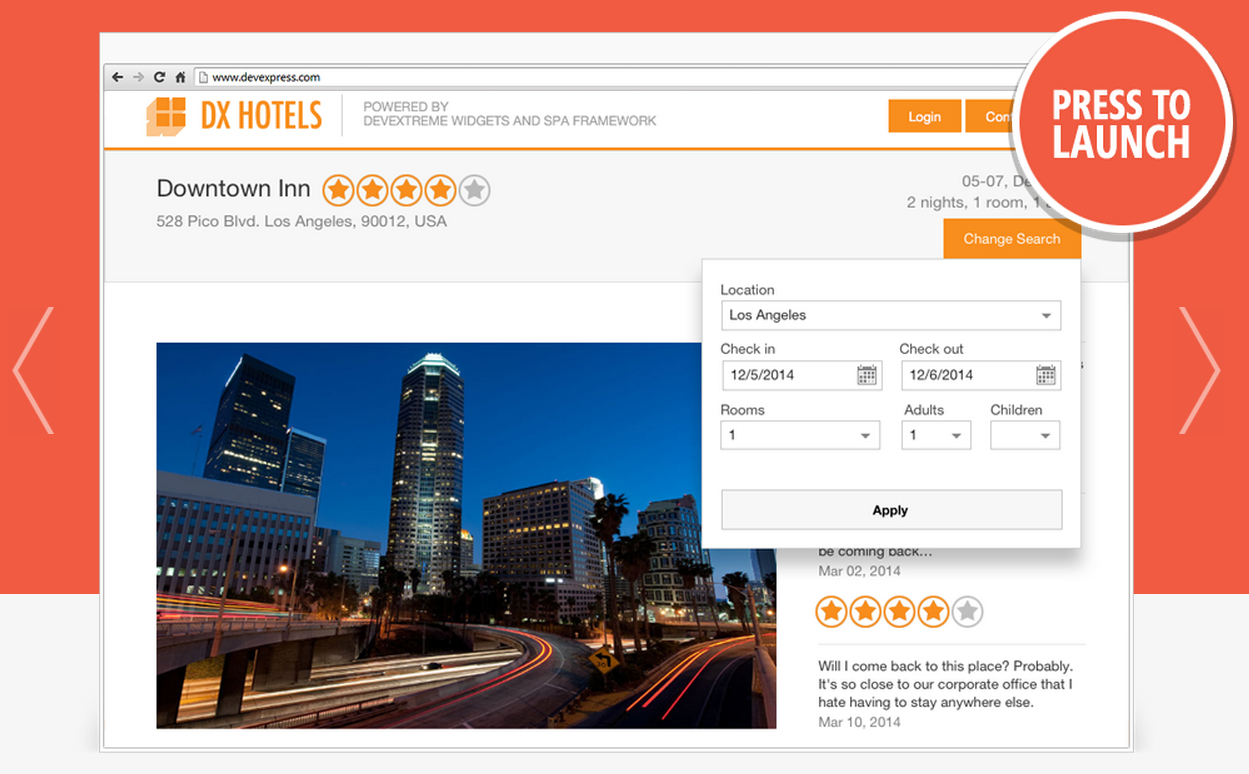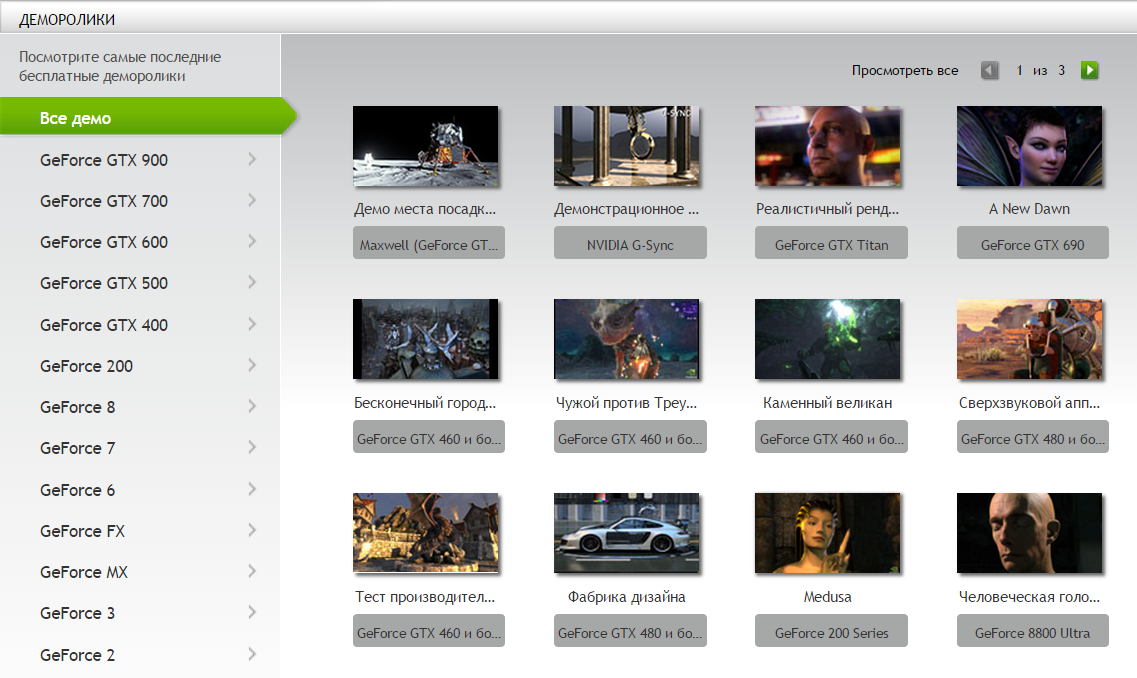How to write a good demo

Demonstration of a software product - as a bright candy wrapper, attracts and absorbs the attention of users. Therefore, writing demos is a fairly common task. But are all demos equally useful? And how to make a really good demo?
In this article we will look at:
- What is a demo
- What is the difference between a bad demo and a good one?
- What makes a demo bad
- How to make a good demo
- Instead of conclusion
What is a demo
Demonstration of a software product is a prototype, an example or an incomplete version of the product being presented. It is carried out in order to demonstrate the capabilities of the product, its convenience, flexibility, performance and other qualities. Demos can attract customers, investors, partners, and in general, potential buyers.

A diverse line of demos allows the company to reach a wider audience.
')
Such a demonstration has many advantages. In a short time, you can bring to the target audience information about the merits of your product, compare it either with competitors or with the previous version.

A giant like NVIDIA has long been using demos to showcase its capabilities.
It is possible to describe many possibilities from different sides, to focus attention on the necessary and important details. And, in the end, it is beneficial to present the product to the general public.

There are many types of software demonstrations.
Types of demos:
- full product version with trial mode
- cut-down version
- demonstration of a “live” product for a specific scenario
- video
- presentation
- screenshot or picture
What is the difference between a bad demo and a good one?
Let's see how exactly the bad, normal and good demo affect potential buyers.

If the demo is of poor quality, the buyer will be disappointed in the product.

The usual demo is unlikely to delight and inspire someone

But a good demo can work wonders
As a result, a good demo can be called only the one that most honestly and favorably reflects the capabilities of the product and which creates a good impression on a potential buyer, prompts him to buy and use the product. Why do I need to display the product honestly? Because otherwise - it is a deception of customers, which in the end will ruin the reputation of the company. And because it does not (c).
What makes a demo bad
Any little thing, a minor mistake or just inattention can lead to a bad demo, because all this spoils the impression of the product from the user.

The demo can be presented as a magic focus: a certain action is performed with the product and voila, there is a result. The main thing is to be a good magician.
Here are some little things (and not only little things) that can ruin a demo:
- video or presentation demo last too long;
- conversely, it is too short and the user cannot conclude about the product;
- errors;
- bugs and crashes;
- too many features in one demo;
- shown useless features. not needed by potential buyers;
- the demo does not solve a specific user problem, it does not follow a specific goal;
- too many details;
- slurred speech (on video), unreadable fonts, bad design;
- demo frankly boring;
- a person showing a demo does not know the product;
- and many, many other reasons.
How to make a good demo
So, what steps need to be done when working on a good demo:

I will give an example for a product of visualization tools . Choose an audience - for example, specialists working with financial data. The main purpose of this audience is to correctly, correctly and beautifully display certain financial statistics. A product containing various types of graphs will certainly help to solve this problem. Select the key features of the product: for example, a pie chart and a histogram. Let's make some dashboards out of these graphs that comprehensively display sales information for a certain period of time. The user at the same time learns about these types of graphs, and how to use them.

It demonstrates several types of graphics and how to work with them.
Here are some tips for creating a good demo:
- Choose 2-3 key product features for the demo that are beneficial to the user.

Better show less yes better
- For one product it is better to have several small demo than one large. If the feature of the product does not allow you to do this, then try to break the demo into several sections / points (ideally, there should be no more than six).

A few small demos will show the product better than one that includes everything you can. It is better to link them together in a demo center with a certain starting point for viewing.
- It is advisable to start the demo with the most important and most useful feature.

A good start is important in any business, including demos.
- Demonstration of the product should not contain any bugs, no falls, no errors in the description.
- Actions in the demo should be simple and obvious, so that there is a clear link “some actions are the result”. The user should not guess what kind of action led to the result.

The more obvious the actions in the demo, the more user-friendly the product
- The fonts on the demo should be readable, and the video should have a pleasant voice with a distinct pronunciation of words.
Data for the demonstration is best picked from the area of work of potential buyers, while trying to make them look like real data.

A person working with financial data will be happy to see this demo.
- If you can’t pick up data that looks like real, you’ll fail to find something that will be interesting to any person.

You can always find topics and data targeted at a wide audience.
- The demo should make it easy to repeat all the actions, and if you have the code, you can copy it and play it back.

A demo with such a structure will be able to reproduce each
- Demo should not be too long. Try to make it as short as possible with all the important features of the product that you want to show. Usually 6-10 minutes is enough.
- But at the same time, the demo should not be too short. Do not try to show in one minute that which requires ten.
Try to describe the actions on the demo as easy and clear as possible.

The text with the description in the picture can be replaced by a digital symbol.
- Reduce the number of clicks on the demo to a minimum, it will help keep the user's attention.
- The demo should solve any problem of the user.

When a demo solves a task similar to that of an audience, users see exactly how the product can help them.
- Enthusiasm and a little bit of humor is something that never prevents any demo.
Instead of conclusion
Why not a conclusion? Because in this question it is impossible to put a single point. Here are some universal tips, but different products require their own specific approaches. Everyone has their own recipes for creating good demos, with which I hope you will share in the comments to the article.
Source: https://habr.com/ru/post/248321/
All Articles